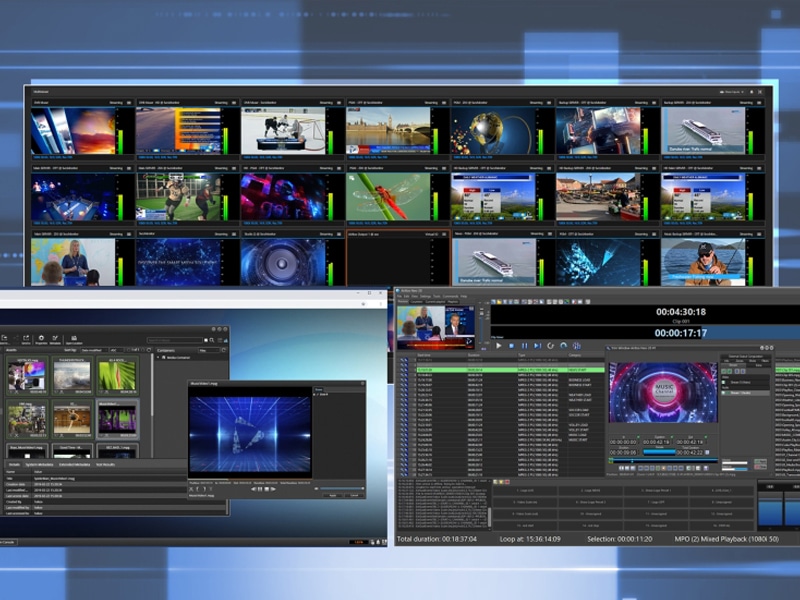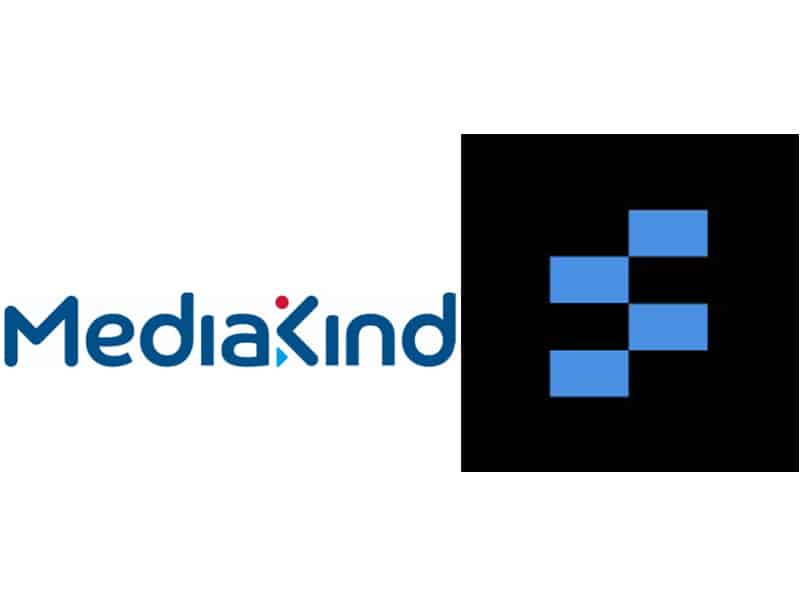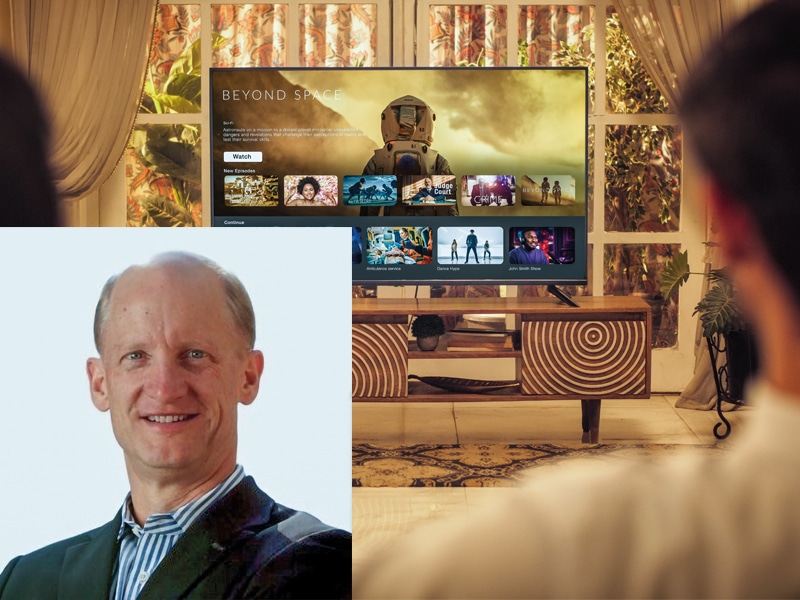As a result of the competition between traditional broadcasting and digital streaming, there has been a shift in how people consume media. The transmission of linear content through airwaves or cables is the defining characteristic of broadcasting, which may trace its roots back to the 20th century. It is especially useful in live events like as sports and news broadcasts like the Olympics. The term “streaming,” on the other hand, was coined in the 2000s and refers to the provision of content that may be accessed whenever desired through internet-enabled devices. There is also an adaptable characteristic, as well as aspects that are individualised.
It was anticipated that by the year 2023, streaming would have surpassed sixty percent of global adoption. This is due to the rapid rise of streaming, which appeals to younger audiences and users who are proficient in technology. Broadcasting, on the other hand, is the most prevalent form of communication in locations where internet availability is limited. It is projected that streaming will become more popular in the future as the infrastructure of the internet continues to advance; yet, broadcasting will continue to be crucial due to its dependability in live coverage and its enormous reach. Hybrid models that incorporate both of these technologies will be fundamental to the development of the media industry in the future.
We spoke with Kjetil Horneland, CEO of Ease Live , an Evertz company, is an award-winning interactive graphics platform, powering the largest sports leagues, broadcasters and streaming services worldwide. Every day, the Ease Live Platform distributes digital overlays to millions of end users on web, mobile and connected devices, enabling content owners to deliver audience engagement and targeted interactive content at scale. Ease Live enables the ultimate viewing experience for the next generation viewer across connected devices.
How do you see the evolution of live broadcasting technology in the face of growing demand for streaming, especially for live events like sports and news?
Today, nearly every broadcaster is also a streamer, elevating viewer engagement. Interactive technology enables broadcasters to go further, empowering fans to choose which stats, replays and other video stream viewed in real time as well as on demand. For instance, Ease Live has enabled broadcasters such as France’s M6 – via its M6+ streaming service – and Austria’s Servus TV to layer elements such as live viewer polls and player info to events like UEFA EURO 2024 soccer. Spain’s La Liga and its broadcast partners worldwide offer both first-screen interactions on the main broadcast and second-screen options through mobile apps. These types of integrations deepen fan engagement, making it easier for broadcasters to enhance content while capturing additional ad revenue.
With streaming services rapidly gaining market share, particularly among younger demographics, how can traditional broadcasters innovate to remain relevant in this shifting media landscape?
To keep pace with younger audiences who lean towards streaming, traditional broadcasters are increasingly adopting interactive and personalized digital features. Interactive trivia, user polls, and influencer commentary during live broadcasts offer a dynamic viewing experience that appeals to younger viewers’ expectations of engagement and personalization. Broadcasters are also blending their broadcasts with exclusive streaming content and connecting with fans on social media to reach viewers where they’re most active, creating a seamless and interactive ecosystem that boosts viewer retention. We’re also getting increased traction from broadcasters looking at adding interactivity outside sports, in genres such as light entertainment, which I think we will see much more of in 2025.
Do you think hybrid models, where traditional broadcasters offer streaming options, represent the future of media consumption, or will one technology eventually dominate the market?
Hybrid models will dominate for the foreseeable future as they offer the best of both traditional broadcasting and streaming flexibility. Interactive technology is evolving from a technical capability to a creative tool, with content creators now actively using it to shape compelling viewer experiences. The hybrid model gives media companies the opportunity to experiment with features that drive engagement – such as running interactive polls that lead into debate topics planned for post-game shows – offering viewers a more immersive experience while maintaining traditional broadcasting’s reliability.
What challenges do broadcasters face in transitioning to or competing with streaming services, particularly regarding infrastructure, latency, and content creation?
While broadcasters may face challenges in matching streamers’ flexibility and content diversity, their robust infrastructure offers a strong foundation for innovation. Graphical overlays allow broadcasters to bridge this gap by layering OTT-delivered real-time data and interactive features into traditional broadcast streams. This blend of reliable broadcast infrastructure with the flexibility of OTT graphical overlays creates a seamless experience that combines the best of both broadcast and streaming. In addition, low-latency streaming is increasingly embraced across the industry, particularly by betting companies aiming to innovate through interactive, in-game experiences like micro-betting.
As more platforms enter the streaming market, leading to “subscription fatigue,” how do you foresee both broadcasting and streaming adapting to viewer demands for flexibility and affordability?
With subscription fatigue rising, broadcasters are responding with interactive features that provide more value within a single service. Ease Live’s interactive overlays, for instance, offer deeper engagement, reducing the need for viewers to turn to external streaming sites. The future may also see broadcasters adopt hybrid models like FAST and metered billing with their streaming services, offering viewers flexible access options that don’t require full subscriptions. Graphical overlay advertising revenues are additive, allowing media companies to generate income through contextual ads and sponsorships around in-game actions – like soccer goals, basketball three-pointers, and hitting a six in cricket – while keeping services affordable and aligned with viewer expectations.







